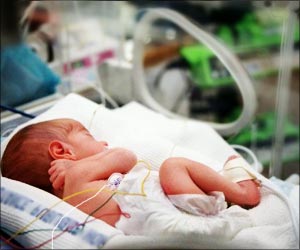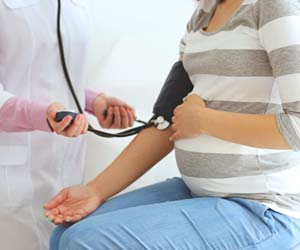A UCLA-led study suggests that your social class may play a significant role in how likely you are to suffer bone fractures.

The new findings help shed light on the importance of social class — and particularly education levels — in the fracture risk of mid-life women from different racial and ethnic groups, the researchers said.
Osteoporosis is a public health concern for a wide variety of individuals. About half of post-menopausal women and 20 percent of older men will suffer an osteoporosis-linked fracture, said the study's lead author, Dr. Carolyn Crandall, a professor of medicine in the division of general internal medicine and health services research at the David Geffen School of Medicine at UCLA.
"The traditional paradigm of assessing fracture risk does not include consideration of socioeconomic factors, such as education and income," she said. "Examining the associations of socioeconomic status with fracture risk could help the targeting of individuals at risk of future fracture and inform the development of preventive strategies."
The researchers used data on 2,167 pre-menopausal women from the Study of Women's Health Across the Nation (SWAN) bone study. The women, who were between the ages of 42 and 52 when the study began, included 592 African-Americans, 1,093 Caucasians, 223 Chinese and 259 Japanese. At baseline, they had provided complete information on their income, education, osteoporosis risk factors and fracture occurrences. Each year for nine years, they reported on whether they had experienced any fractures since the last annual study visit.
The researchers found that among the non-white women in the study, a higher education level was associated with decreased fracture incidence. Those with at least some postgraduate education had an 87 percent lower non-traumatic fracture rate than those with no more than a high school education. In addition, each additional year of education was associated with 16 percent lower odds of experiencing a non-traumatic fracture.
Advertisement
"Interestingly, neither income level nor difficulty paying for basics was associated with fracture risk," Crandall said. "This may seem surprising, but previous studies had suggested that links between education and fracture risk may be more pronounced than links between income and fracture risk. This is probably because education reflects socioeconomic status both in childhood and young adulthood, whereas income and financial hardship only reflects current socioeconomic status. It suggests that socioeconomic status over the entire life course is more relevant than current socioeconomic status to bone health."
Advertisement
This study does not establish a cause-effect relationship between low education and high fracture risk, but adds to the growing evidence of health disparities in our society. The study may also be limited by the fact that some fractures may not have been reported to the study investigators.
The findings, however, still "highlight the need to elucidate the biological and behavioral mechanisms underlying the possible protective effects of higher educational level on osteoporotic fracture incidence so that we can better target individuals at risk of future fracture and design appropriate preventive strategies," the researchers conclude.
Source-Eurekalert











